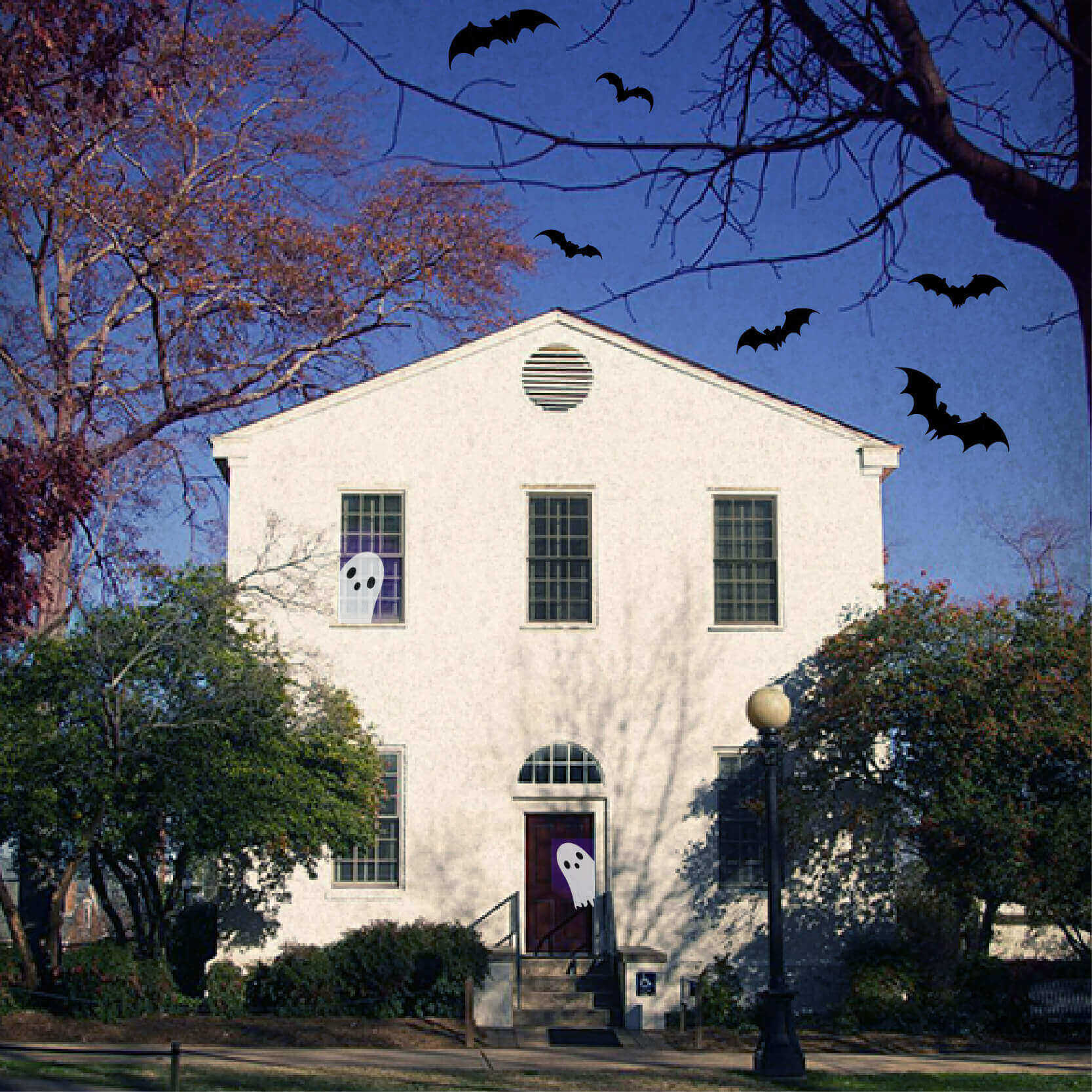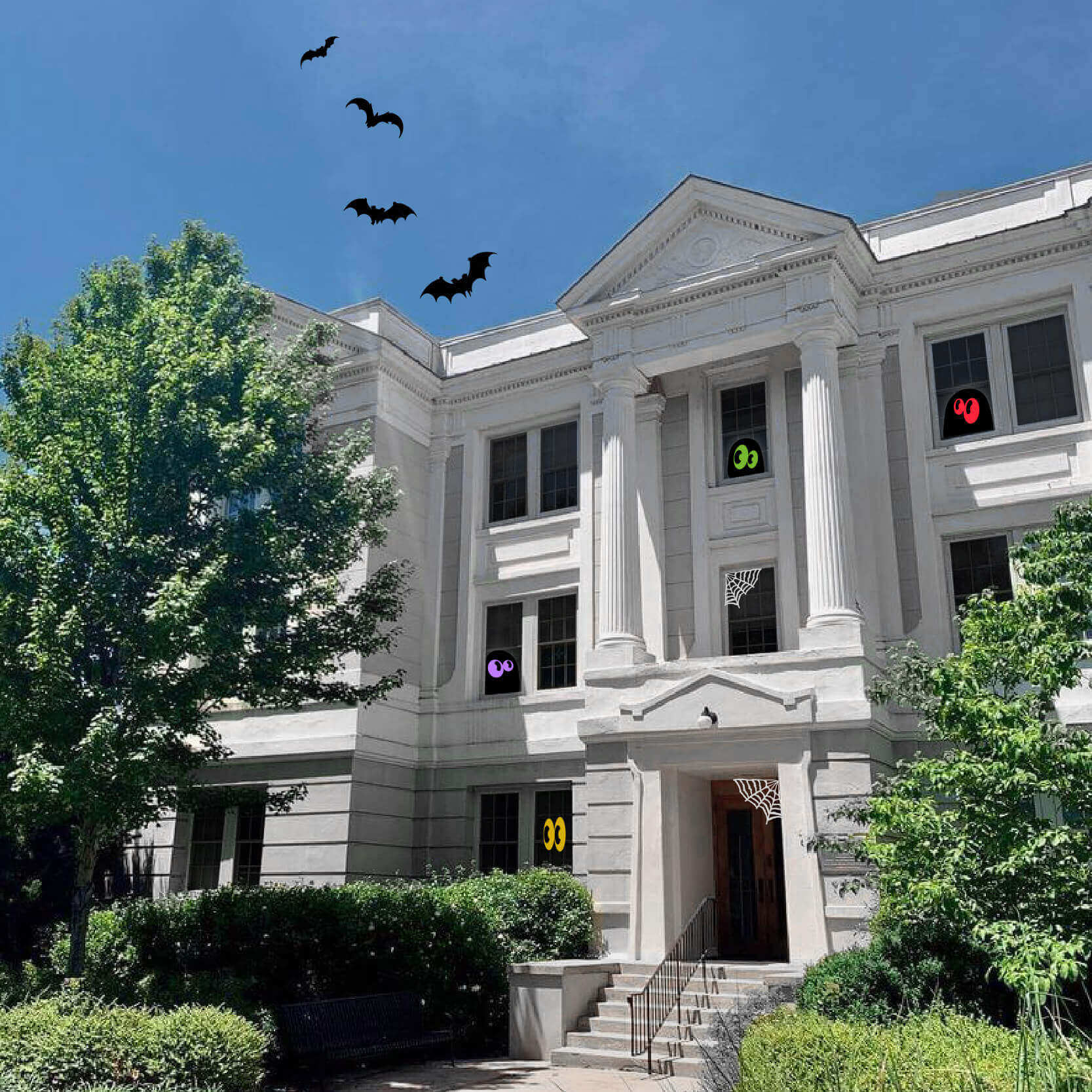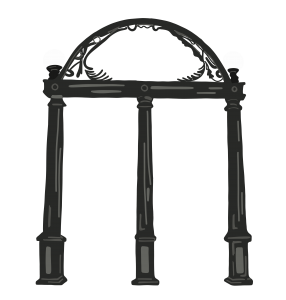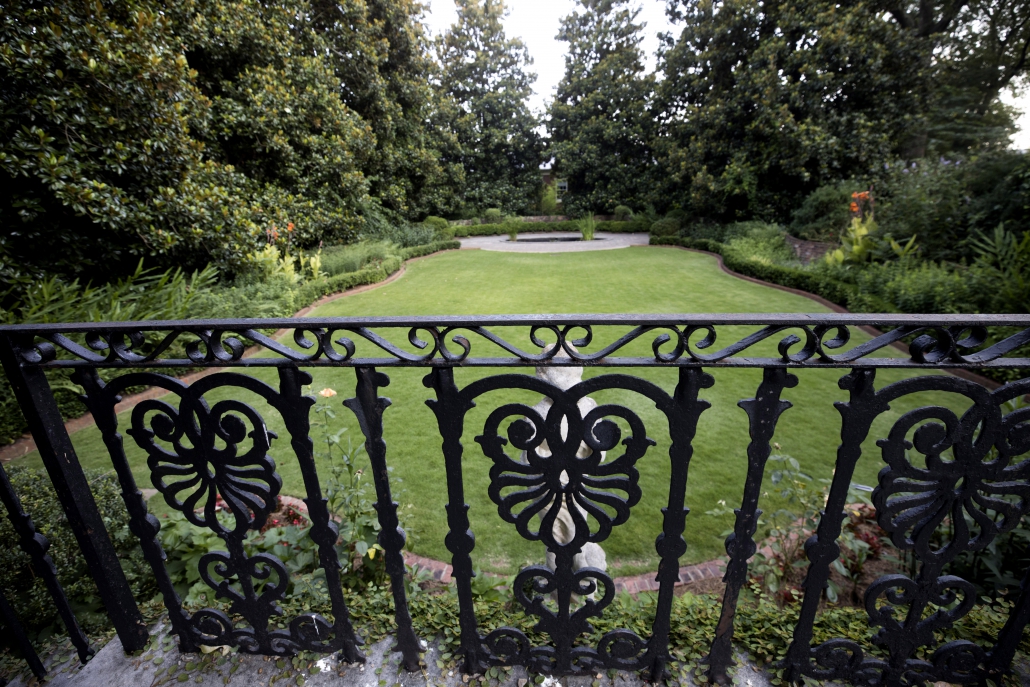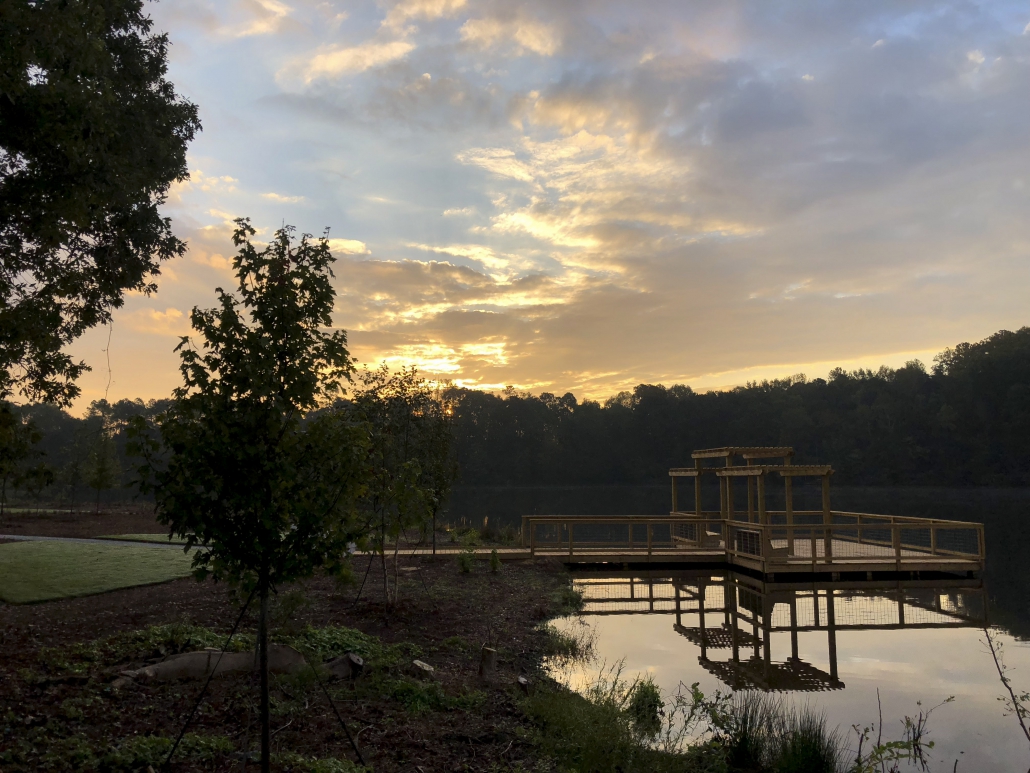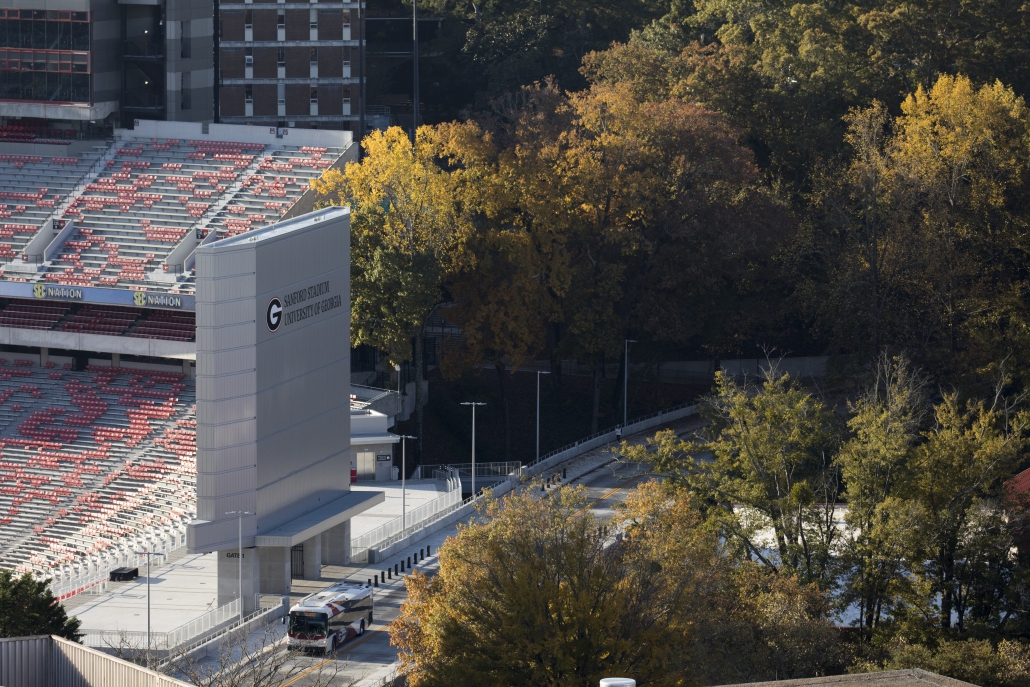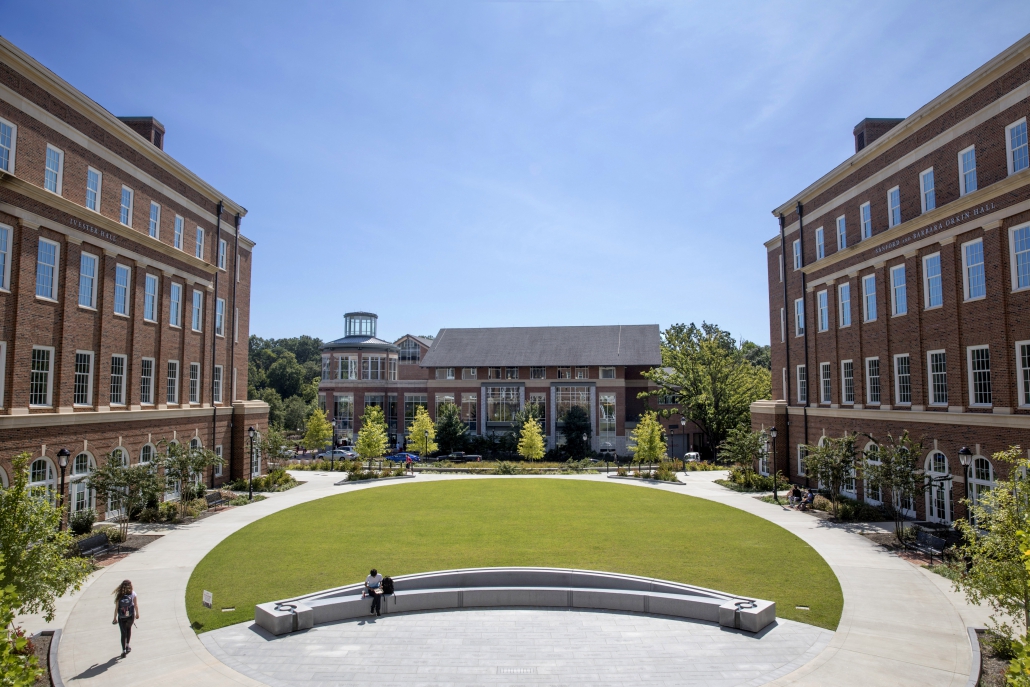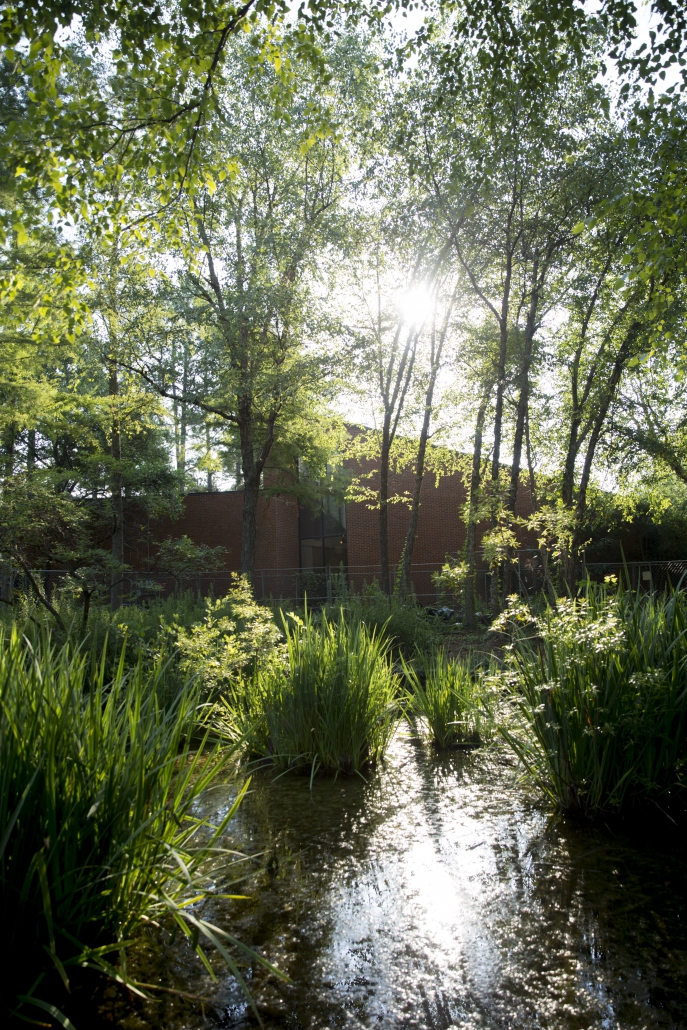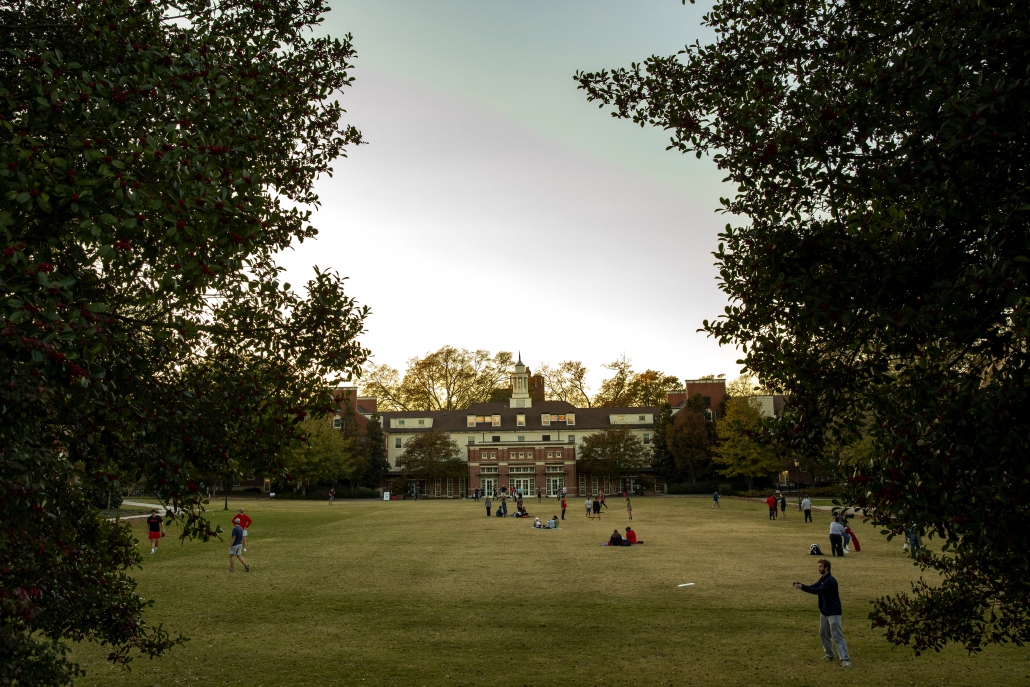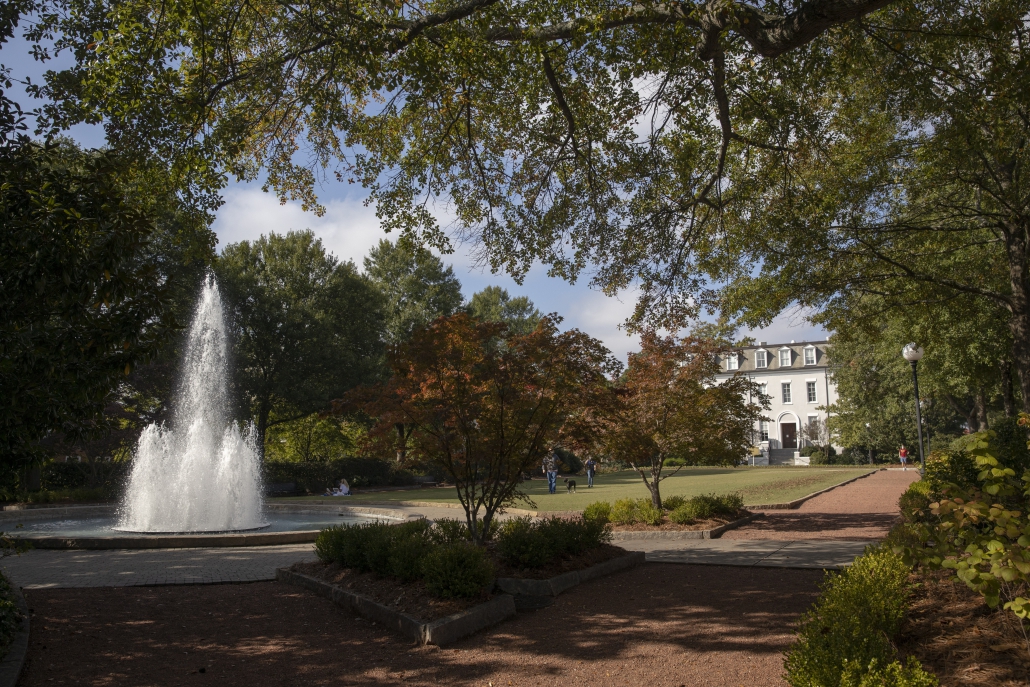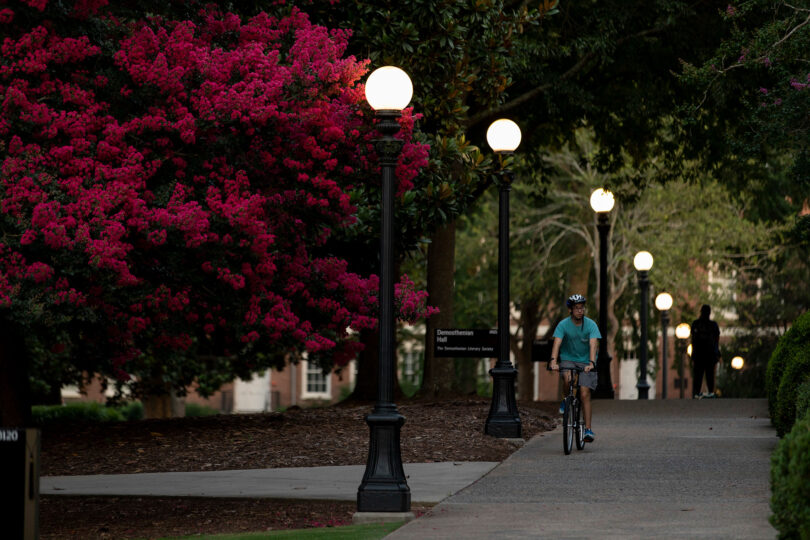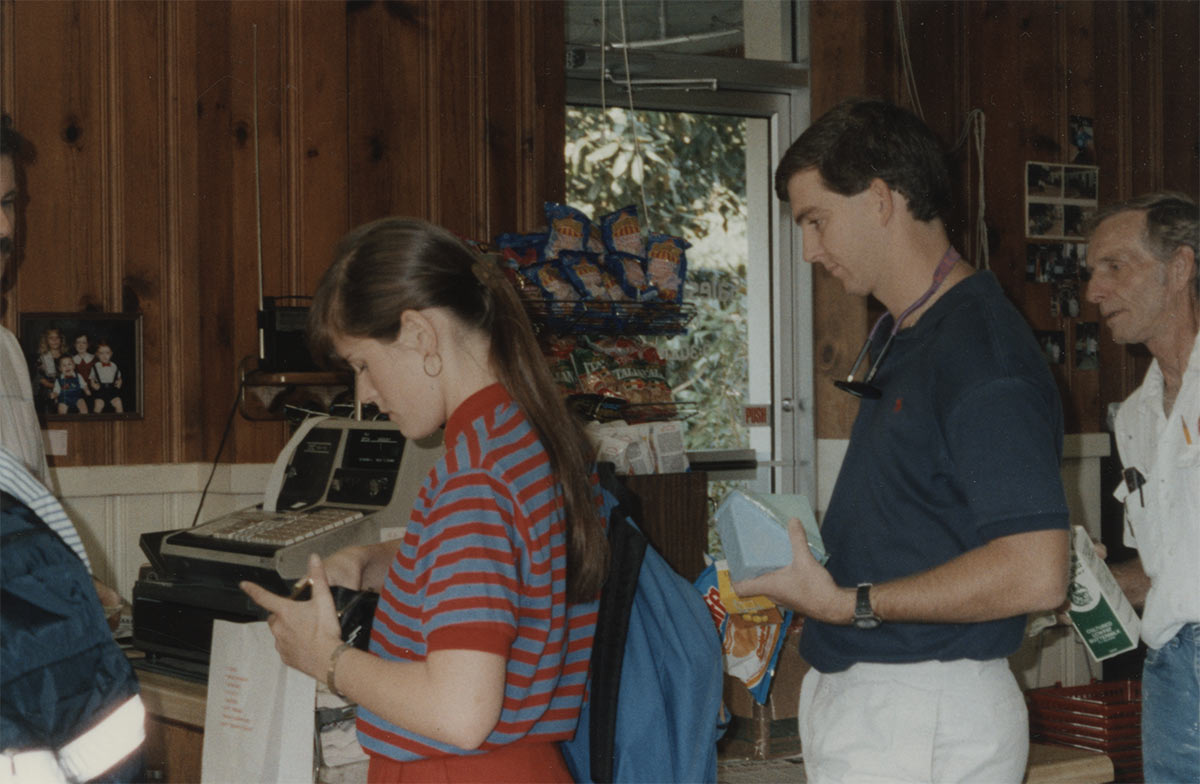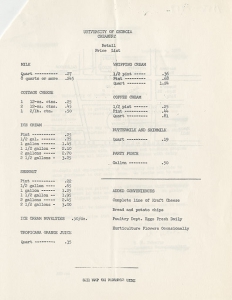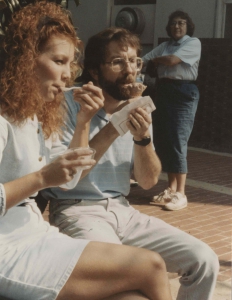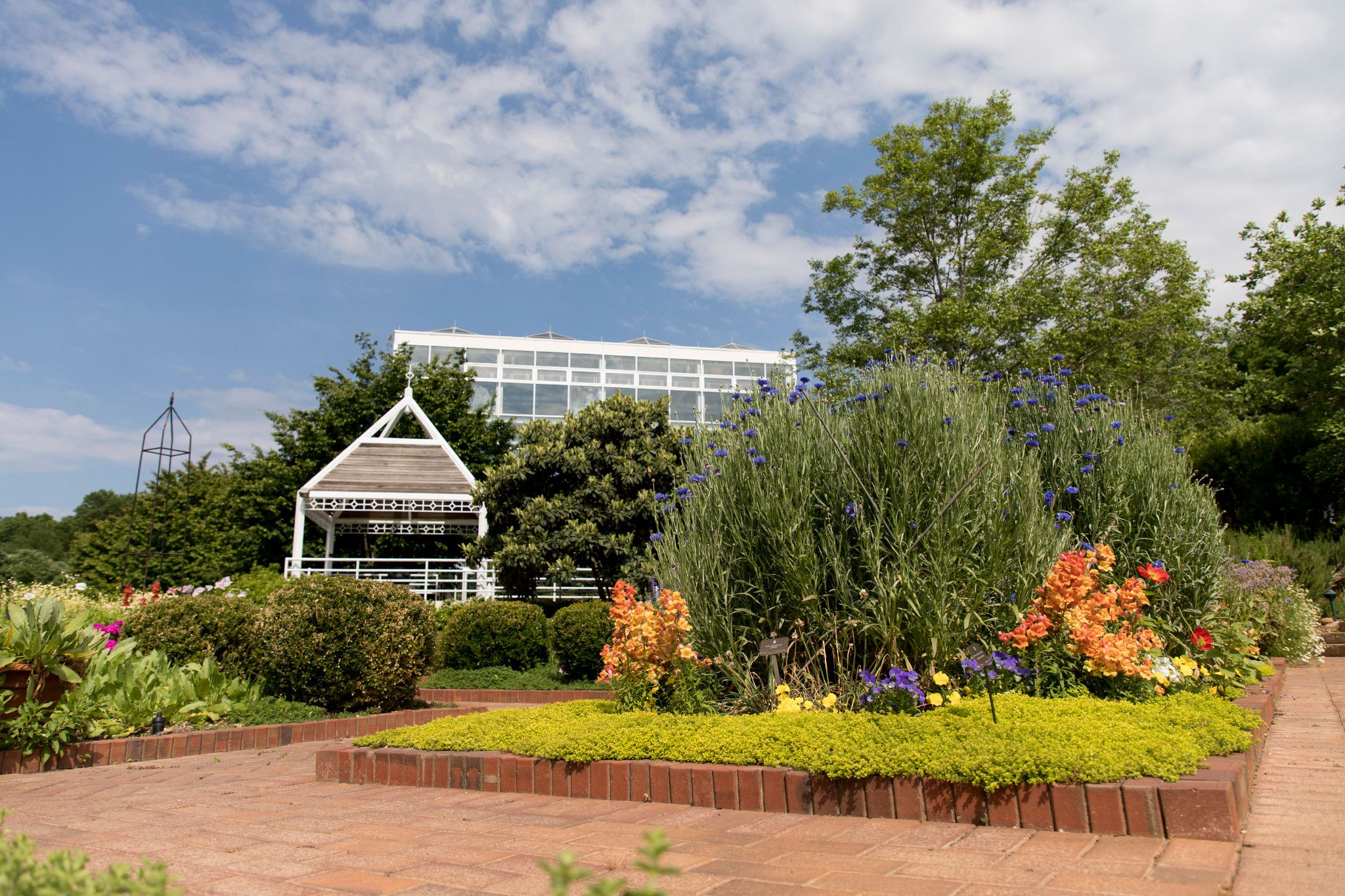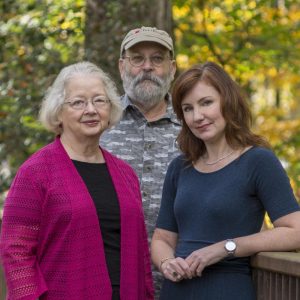UGArden receives $10K from Kubota, votes can raise to $50K
Just a short drive from UGA’s downtown campus sits 10 acres of land known as UGArden. Rows of carrots, okra, kale, squash and much more line the fields. An average of 15,000 pounds of produce is grown on the student farm each year, and that food gets distributed to community members in need.
But that capacity and those partnerships could soon grow, thanks to a $10,000 Kubota Hometown Proud Grant. This grant comes with a unique — and valuable — additional component: a vote competition that could get UGArden an additional $40,000 and one lucky voter a Kubota mower.
To vote for UGArden, click on Georgia in the U.S. map that appears on the Kubota voting page.
The $10,000 grant will be utilized to build a self-serve farm stand at UGArden, according to farm director Ty Brooks. Should they get enough votes to receive the additional money, the rest of the funding would support broad improvements to the entire farm.
Other hunger relief programs in Athens are limited because they are not available all year. These programs also tend to only be open during typical workday hours, farm manager April McCoy shared. This prevents some people from being able to use relief programs.
“We’re hoping to fill kind of a gap by creating something that’s available 24/7 so that it’s more convenient,” McCoy said.
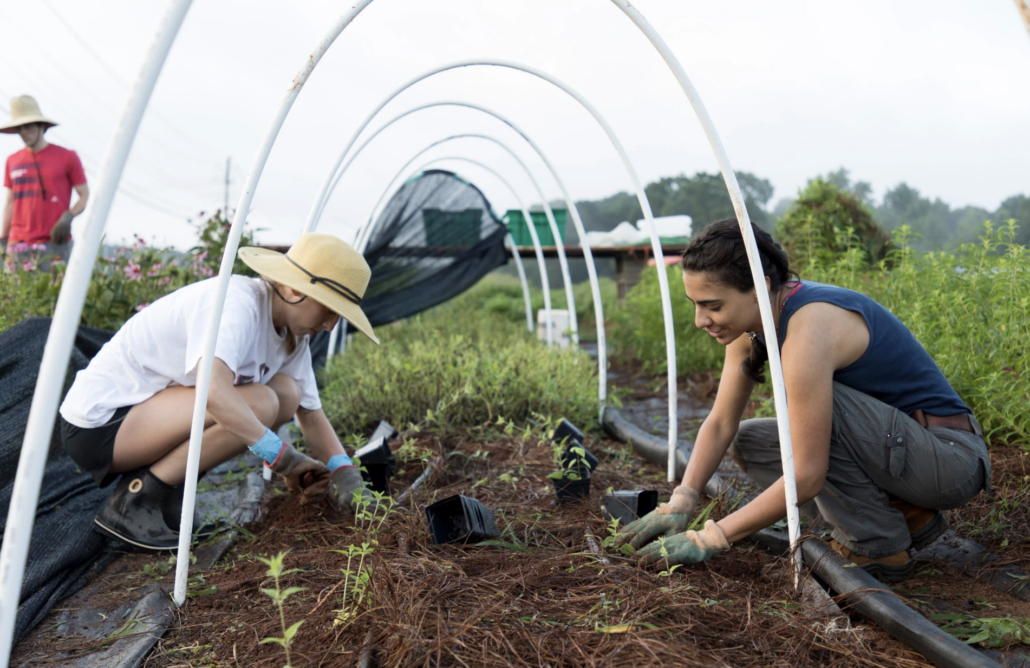
Student interns at UGArden in 2017. (PHOTO: Andrew Davis Tucker, UGA MarComm)
During its first year, the farm stand will help an estimated 40 families each week. That number is expected to double to 80 families per week in the stand’s second year. A pay-what-you-can model will be implemented so community members can get the food they need with what they have — even if they can’t afford to pay anything.
Brooks and McCoy both shared excitement about Athens having a 24/7 hunger relief project.
“They used to do a farmers market as part of a class, and the big complaint that people had was that it was during work hours and it was hard for people to get to it,” Brooks said. “So now, we’ll have something that’s available outside of work hours for people to be able to access.”
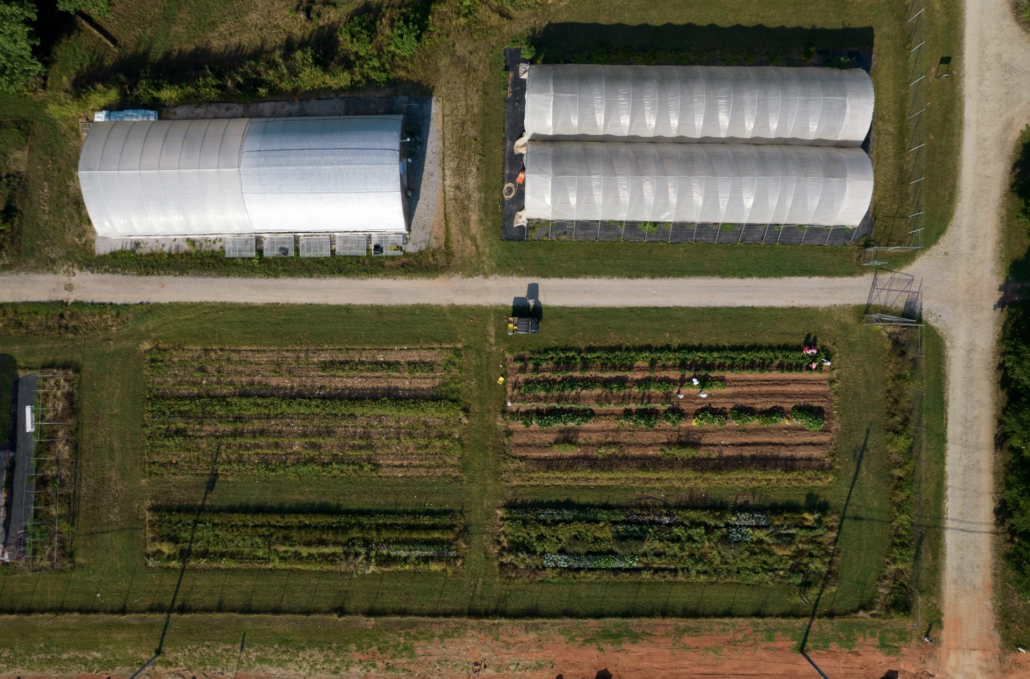
Aerial view of UGArden from the summer of 2021. (PHOTO: Andrew Davis Tucker, UGA MarComm)
Hear more from Brooks on how UGArden operates in the Cultivating Curiosity podcast from CES.
“The Kubota Hometown Proud grant program was created four years ago as a way for Kubota to give back to our dealers’ hometowns in a meaningful way,” said Todd Stucke, president of Kubota Tractor Corporation and senior vice president for Kubota North America. “Today we are announcing more grants than ever before – for 20 nonprofits from various hometowns across the country – to help with community projects that will make a positive impact in these communities for years to come. We hope the next phase in our program generates even more hometown pride by rallying around each organization and helping to shine a light on the important work they all do.”
The public voting period started on August 1 and ends on August 14. Votes can be cast once a day and the results and winners will be announced in September.
It is estimated that the grand opening for the farm stand will be held in January 2025. Volunteer events will be organized to help UGArden get the stand built and operating. Those interested in supporting the farm stand or UGArden can do so by making a donation or volunteering their time.
To vote for UGArden, click on Georgia in the U.S. map that appears on the Kubota voting page.

